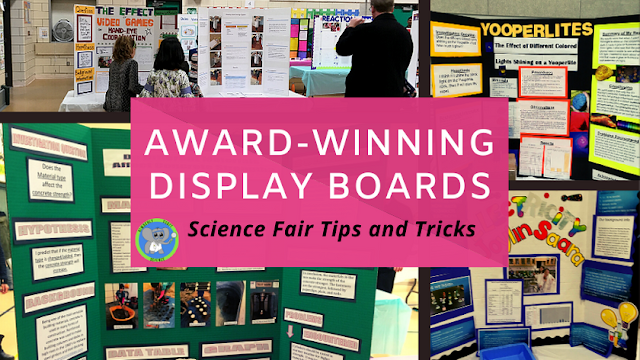Magic Milk Rainbow Science And STEM Activity | Saint Patrick's Day For Kids
Saint Patrick's Day is a perfect time for rainbow activities. Rainbows, Leprechaun traps, green food, and more. Crafts are great, but we like to integrate the magic of science to make it more memorable. This wonderful science activity uses everyday supplies and creates a big impact. Any age will enjoy it.
Supplies
Whole Milk, Dish Soap, 7-inch Dessert Plates, Eye Dropper or Pipette, Liquid Food Coloring: Blue, Yellow, Red, Green, Measuring cup Q-Tip
- Pour 80ml of whole milk into the plate.
- Place one drop of each food coloring color near the plate's center. Try not to let the colors touch.
- Using the eyedropper, carefully place one drop of soap into the center of the colors. You can also dip a cotton swab in soap and hold it in the center of the plate.
- Observe the colors swirling.
 |
| Hold the Q-tip in place for at least 1 minute. It will happen very quickly. The bottom right image shows buttermilk. It gives a very interesting pattern due to its thickness and fat content. |
What Happens?
The colors quickly spread out when the soap touches the milk's center. If you turn away, you might miss it. Any food coloring near the soap will continue to swirl and spread.
Since milk is mostly water, this is a great lesson in the properties of water. Water is unique because one end is positively charged, and the other is negatively charged. We call this a bipolar molecule. Water is electrostatically charged. When 2 water molecules come close together, their negative and positive ends attract. This creates a rather strong bond. This is called surface tension.
Dish soap also has bipolar characteristics. Soap has a polar and a non-polar end. The polar end is water-loving and attracts the water molecule. The non-polar ends stick above the surface and repel one another, canceling the surfacing tension. In easy terms, soap makes the water not stick anymore. The water now spreads easily. The food coloring lets us see this happen.
The Secret of the Swirling
We do not use plain water in this experiment. We are using milk. Milk contains fat. Water and fat repel each other. Food coloring is water-based, so it will also repel the fat. Remember the non-polar end on the soap. That non-polar end is attracted to fat. Soap and the amount of fat are key to creating more swirls of colors.
When the drop of soap comes into contact with the milk, the polar ends of the soap start attracting the water in the milk. The surface tension is broken. The non-polar end of the soap attracts the fat in the milk. The soap spreads to join with all of the fat.
The moving fat and soap molecules separate the food coloring during that process. A beautiful rainbow of colors separates quickly and continues swirling from the soap drop. What you are really seeing is fat and soap coming together. The soap will eventually become evenly mixed with the fat in the milk, and the swirling will stop.
Turn it Into an Experiment
What can we change in this experiment? What can we measure? Magic Milk makes a perfect science fair project. It is a wonderful experiment for learning the scientific method. You will be amazed at what different milks do. We tested whole milk, skim, whole cream, half and half cream, buttermilk, and low-fat buttermilk. Each one creates its own artistic display of colors. Go ahead and give it a try. What a wonderful lesson about the different types of milk.
SHOP THIS POST
LEARN MORE






